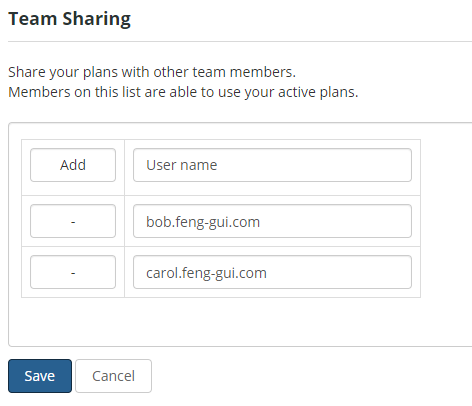Analysis Options
Settings that control the way data is analyzed, including the methods used and the scope of the analysis.
View Type
Applies to image and video analysis.
Set the visual context of the input image or video.
Available options are: Any, Online, Natural, Package, Outdoor and Indoor
- Any: (Default) Covers a wide range of viewing environments, applicable when no specific context is required or when multiple contexts are relevant.
- Online: Pertains to websites, software interfaces, and digital content where users interact with on-screen elements. Ideal for analyzing UI/UX, app design, or banner ads.
- Natural: Refers to passive visual experiences such as nature photography, lifestyle imagery, or cinematic visuals, where viewers absorb content without interactive intention.
- Package: Focuses on physical packaging and product design as encountered in shopping or unboxing situations. Often analyzed for shelf appeal and branding impact.
- Outdoor: Applies to open-air environments like city streets or events, involving exposure to billboards, signage, and public advertisements.
- Indoor: Captures controlled interior environments such as retail stores, showrooms, or malls where people engage with products or displays in a defined space.
Set the viewer distance from this image or video.
Available options are: Any, Desktop Screen, Mobile, Print, Indoor Signage, Package Design and Outdoor Billboard.
- Any: (Default) Encompasses flexible viewing ranges suitable for varying contexts and individual experiences.
- Desktop Screen: The optimal viewing distance for a desktop screen is about 20-30 inches (50-76 cm) from the eyes, allowing users to comfortably view the entire display without excessive eye movement.
- Mobile/TV Screen: When interacting with handheld devices or watching television, users typically view mobile phones from about 10-12 inches (25-30 cm) and TVs from 6-10 feet (1.8-3 meters), depending on screen size. This category includes devices primarily used for close or moderately close personal viewing, ensuring readability and interactive engagement.
- Print: For printed materials like magazines, books and tablets, the usual viewing distance is about 15-18 inches (38-46 cm), allowing for comfortable reading and scanning of content.
- Indoor Signage/Shelf: Indoor signage is often designed to be viewed from a distance of a few feet, roughly 3-10 feet (1-3 meters), depending on the size of the sign and the space in which it is displayed.
This category also includes shelf displays, typically viewed from very close range, about 2-4 feet (60-120 cm), as shoppers examine products directly at eye level or within arm’s reach.
- Package Design: Packaging is often examined from about 1-2 feet (30-60 cm) away, as consumers handle products closely to read details and evaluate designs.
- Outdoor Billboard: Billboards are designed to be viewed from long distances, typically at least 100 feet (30 meters) away or more, requiring large text and bold visuals to capture attention of moving viewers.
Set the viewer duration time in seconds. Default is 5 seconds.
Available options are: 0-2.5 seconds, 0-5 seconds, 0-7.5 seconds.
Auto create AOIs
Applies only to image analysis.
Auto create and add AOIs to the AOIs list
Automatic creation of Areas of Interest (AOIs) using object detection algorithms works by identifying key objects or elements in an image, such as faces, products, or text, using machine learning models.
These models scan the image, draw bounding boxes around detected objects, and automatically designate these areas as AOIs.
The process is fast and accurate, removing the need for manual AOI creation, and focuses on elements that naturally attract user attention, such as faces or important design elements like buttons or headlines.
This automation helps optimize designs by ensuring that the most critical areas are highlighted.
Report Options
Configurable options that determine how reports are generated and formatted.
Draw map legend and scores on reports
Applies only to image analysis.
Add a Map Legend Overlay to Reports
The map legend is a small box in the corner of the report that displays parameter information, helping users interpret the data more easily.
Merge input image as report background
Applies only to image analysis.
Overlay the original image as the background for heatmap and gaze plot reports. Uncheck this option to generate the heatmap without merging it with the original image.
White Focus report
Applies only to image analysis.
Generate a Focus report with a white overlay instead of the default black overlay.
Display Focus scores
Applies to image and video analysis.
Image: Add a Focus Scores gauge overlay to the Focus report.
Video: Add Focus Scores overlay to video reports.
Display Aesthetic scores
Applies to image and video analysis.
Image: Add Aesthetic Scores gauge overlay to the Aesthetics report.
Video: Add Aesthetic Scores overlay to video reports.
Merge Overall Scores report
Applies only to video analysis.
Add Overall Scores report to the bottom of all video reports.




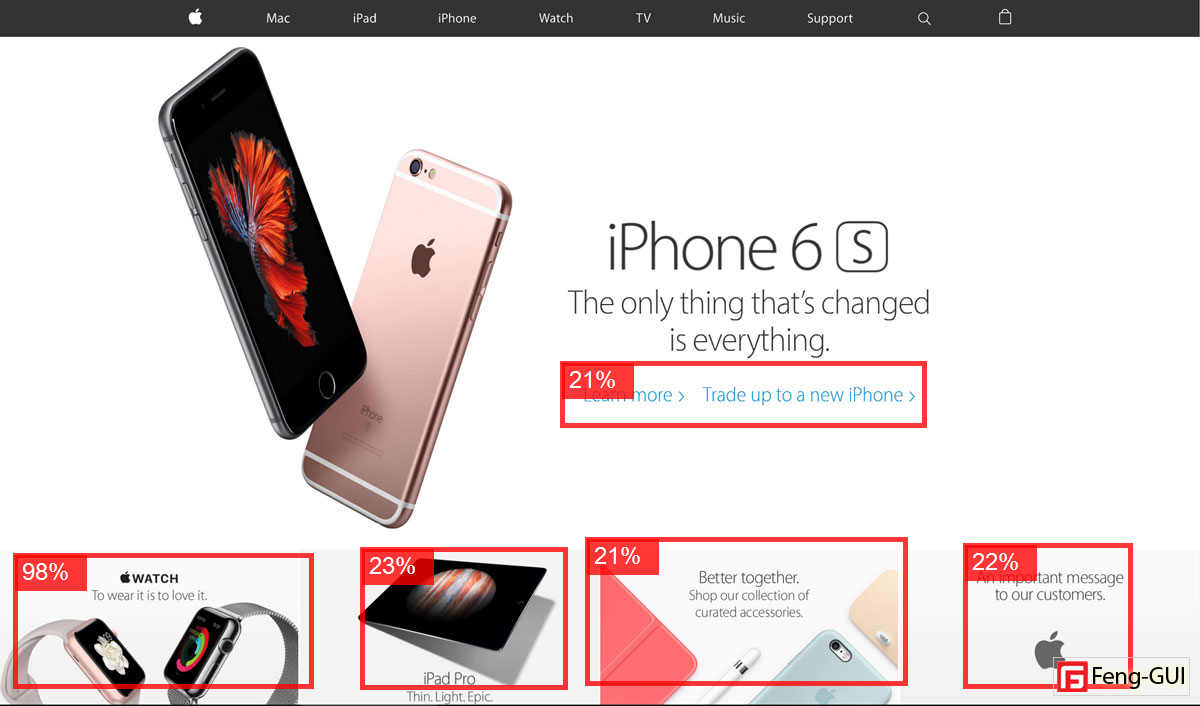


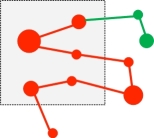

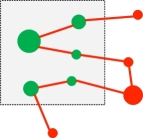






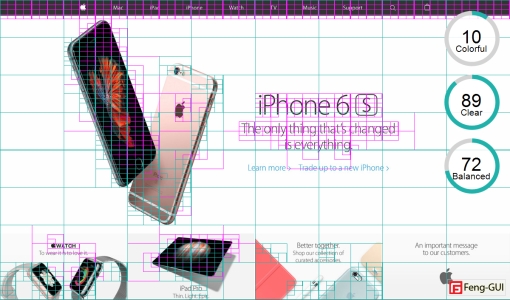

 Analyzing a video frame by frame involves extracting Focus, Complexity, Approach, and Withdraw scores to understand viewer attention and engagement.
This process segments the video, applies eye tracking algorithms to each frame, and extracts scores indicating where viewers focus, how they engage with complexity,
navigate through the content, and when they withdraw attention. These scores are then plotted on a timeline graph, with seconds along the x-axis and scores on the y-axis.
This visualization helps identify viewer behavior patterns and key moments, aiding in the optimization of video design and storytelling techniques for better viewer experience.
Analyzing a video frame by frame involves extracting Focus, Complexity, Approach, and Withdraw scores to understand viewer attention and engagement.
This process segments the video, applies eye tracking algorithms to each frame, and extracts scores indicating where viewers focus, how they engage with complexity,
navigate through the content, and when they withdraw attention. These scores are then plotted on a timeline graph, with seconds along the x-axis and scores on the y-axis.
This visualization helps identify viewer behavior patterns and key moments, aiding in the optimization of video design and storytelling techniques for better viewer experience.











